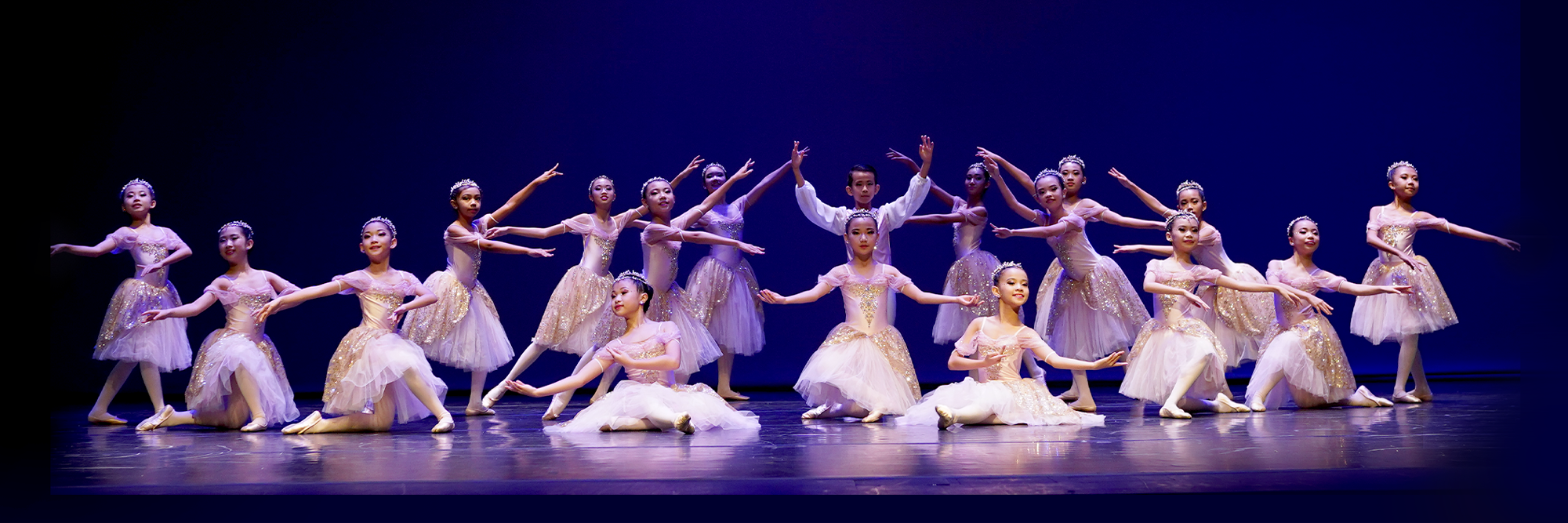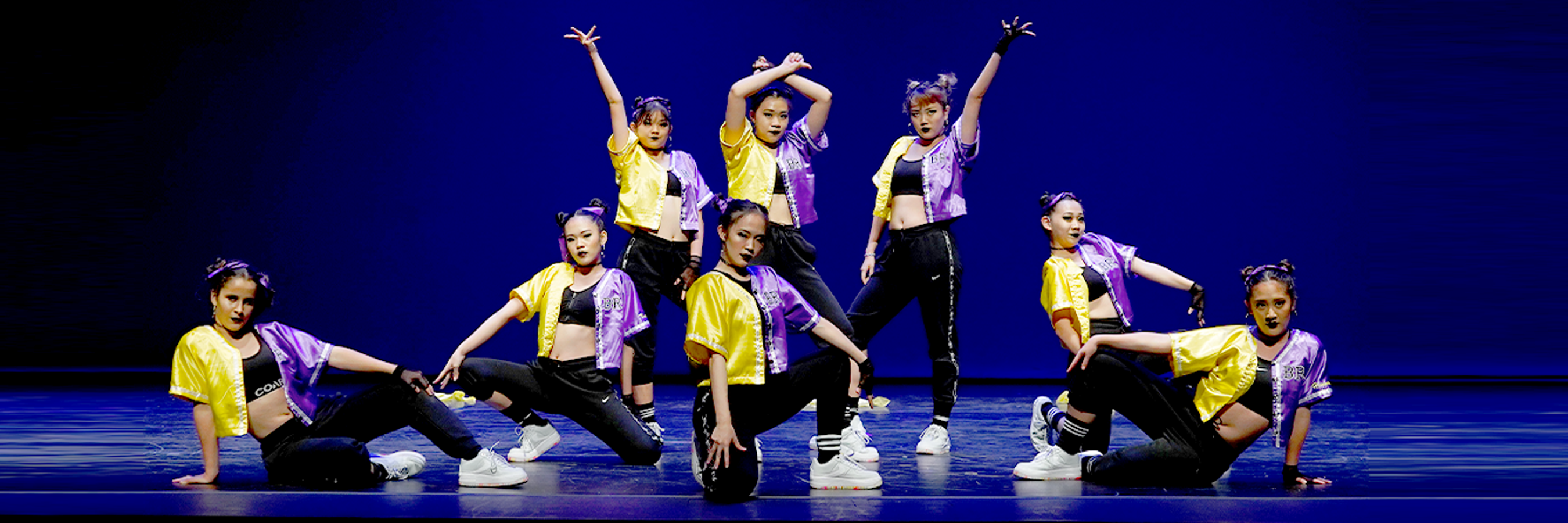Interesting Lessons to Learn from Classical Ballet Dance History
When it comes to dance forms, Ballet is arguably one of the oldest styles being performed globally today. Originating centuries ago, there is a very rich and interesting history associated with this widely celebrates style of dance. What once developed as a formalized dance form under aristocratic influence in Italy now enjoys the admiration of millions worldwide. Many ballet enthusiasts, men and women alike aspire to master this athletically elegant dance style.
In this article, we will be unearthing a few buried facts from century’s worth of Classical Ballet Dance history. We will look into some fascinating events that led to ballet becoming a global phenomenon and understand how Ballet has evolved over the years.
So without much further ado, let’s get started
Century’s worth of Classical Ballet Dance History in a Nutshell.
The 15th and 16th Century
Ballet’s origins can be traced all the way back to 15th century Italy, where it began as a form of entertainment exclusively reserved for aristocrats. It was first performed in Italian renaissance courts and quickly spread to France with the help of Catherine de’ Medici. Eventually, Ballet found new admirers within royalty as well, with King Louis XIV laying the foundation for Academie Royale de Musique, which resulted in the development of the world’s first professional ballet company. This is what officially kick-started Ballet’s modern era.
Early Ballet depended heavily on aristocratic money. It gradually shrugged off its aristocratic roots as it became less dependent on royal courts moving into the 16th century. Ballet eventually spread from Italy and France to other parts of Europe such as Poland, Spain, Germany, and Portugal. Ballet dancers used to organize into special troupes and performed for their affluent audience throughout Europe.
The 18th Century
18th Century saw a significant change in how Ballet was performed. Dancers employed movements that were more focused on storytelling and characters. Venice took the center stage at the height of ballet’s popularity, where several dancers congregated from around the world here.
This is when Ballet became a crucial part of opera dramatizations. The prominent French dancer and ballet master Jean-Georges Noverre played a major role in this development. Ballet essentially became an amalgamation of dance, music and scenery that all worked together in service of a central plot. This is also the era where three formal ballet techniques (serieux, demi-caractere, and comique) were introduced.
The 19th Century
The 19th century saw the Ballet scene being dominated by female dancers. So much so, that these dancers even played male roles in ballet productions. Vienna became a teaching center for ballet around this time. Ballet was no longer a dance form meant strictly for an aristocratic audience. Prominent Ballerinas also became bolder in their experimentation, inventing new techniques such as the ‘pointe technique’ in the process. Toe ballet shoes were also used for the first time and became ballet mainstays.
Tutu, a stiff short skirt also became a formal outfit element during this period. Ballet also started gaining prominence in Russia, who embraced its more traditional characteristics.
The 20th century
The 20th century is when Ballet really blossomed into a worldwide cultural phenomenon. It became an integral part of the Russian culture, driven by the ideological beliefs prevalent in the country at that time. It became a symbol of strength, virtuosity and perfection for dancers in the country.
It wasn’t long before Ballet reached American shores, where it was heavily commercialized. It found room in American television and movies. There was a more flexible approach to ballet than before. The theme for ballet in America was also relatively more dramatized than plot driven.
Ultimately, several experiments by creative ballet performers led to the invention of contemporary ballet, which mixes the elements of modern dance with classical ballet. So this is where our journey into Classical Ballet Dance History culminates. The success of Ballet is a powerful reminder of how art can transcend societal boundaries and unify a world divided by manufactured constructs.






